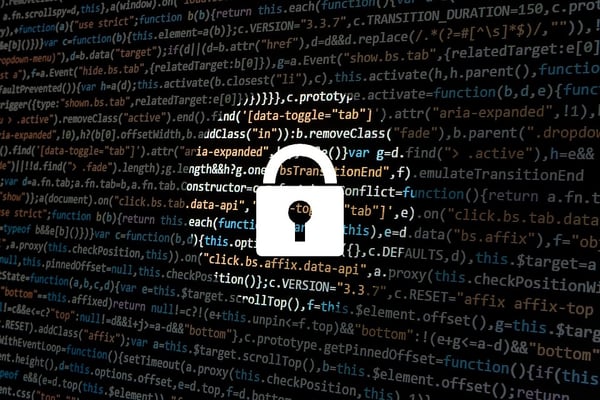With so much else on their plate, are today’s IT organizations doing enough to protect the organization against social engineering and phishing attacks?
Today’s organizations experience, on average, 14 phishing attacks a day. With phishing being the primary method of attack for cybercriminals, it makes sense that IT organizations need to have a strategy around how to stop these attacks from either reaching inside the “cyber-walls” or successfully fooling the users being targeted.

But with approximately 75% of IT organizations considering themselves “cyber novices” and 68% experiencing two or more cyber-attacks in the last 12 months. IT isn’t truly prepared beyond the purchasing of security solutions.
So, what defenses should you have in place?
To be effective at stopping social engineering attacks, it’s necessary to not just put security solutions in place, but to understand how these attacks occur so that your defense lines up with the means of attack. Consider a mutli-layer strategy that focuses on 4 aspects of defense:
- Outside the Perimeter – The use of compromised malware-laden websites is common among cybercriminals. Having a solution that protects the organization for scanning websites, checking DNS, etc. will reduce the likelihood of external malice making it’s way into the organization.
- Inside the Perimeter – Email-based attacks use malicious links and attachments. Email scanning solutions can address most attacks, rendering them useless.
- At the Endpoint – Antivirus and Endpoint Detection and Response solutions provide an additional layer of protection should malware get past the previous layers.
- At the User – Your employees are focused on doing their job; they aren’t concerning themselves with organizational security unless you tell them it’s important. Security Awareness Training helps to create a security-minded approach when interacting with known avenues of cybercriminal actions.
By putting this layered defense in place, you limit exposure to malicious emails, code, web pages, and links, while simultaneously improving your user’s awareness of attacks and their necessary response. In the end, if you keep most of the badness out and teach users to safely avoid the rest, you improve your chances of eliminating social engineering attacks.
Request A Demo: Security Awareness Training
New-school Security Awareness Training is critical to enabling you and your IT staff to connect with users and help them make the right security decisions all of the time. Continuous training and simulated phishing are both needed to mobilize users as your last line of defense. Request your one-on-one demo of KnowBe4's security awareness training and simulated phishing platform and see how easy it can be!
PS: Don't like to click on redirected buttons? Cut & Paste this link in your browser:
https://info.knowbe4.com/kmsat-request-a-demo





